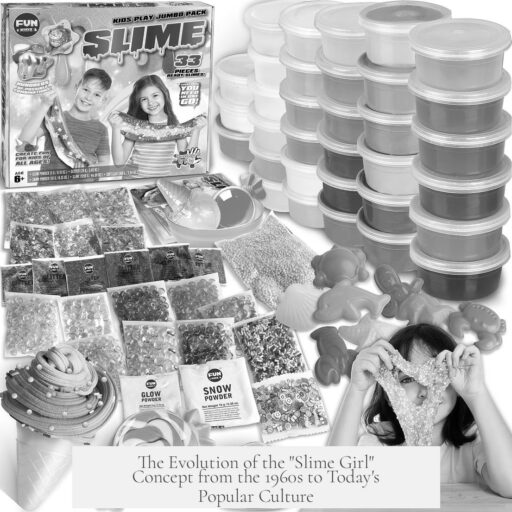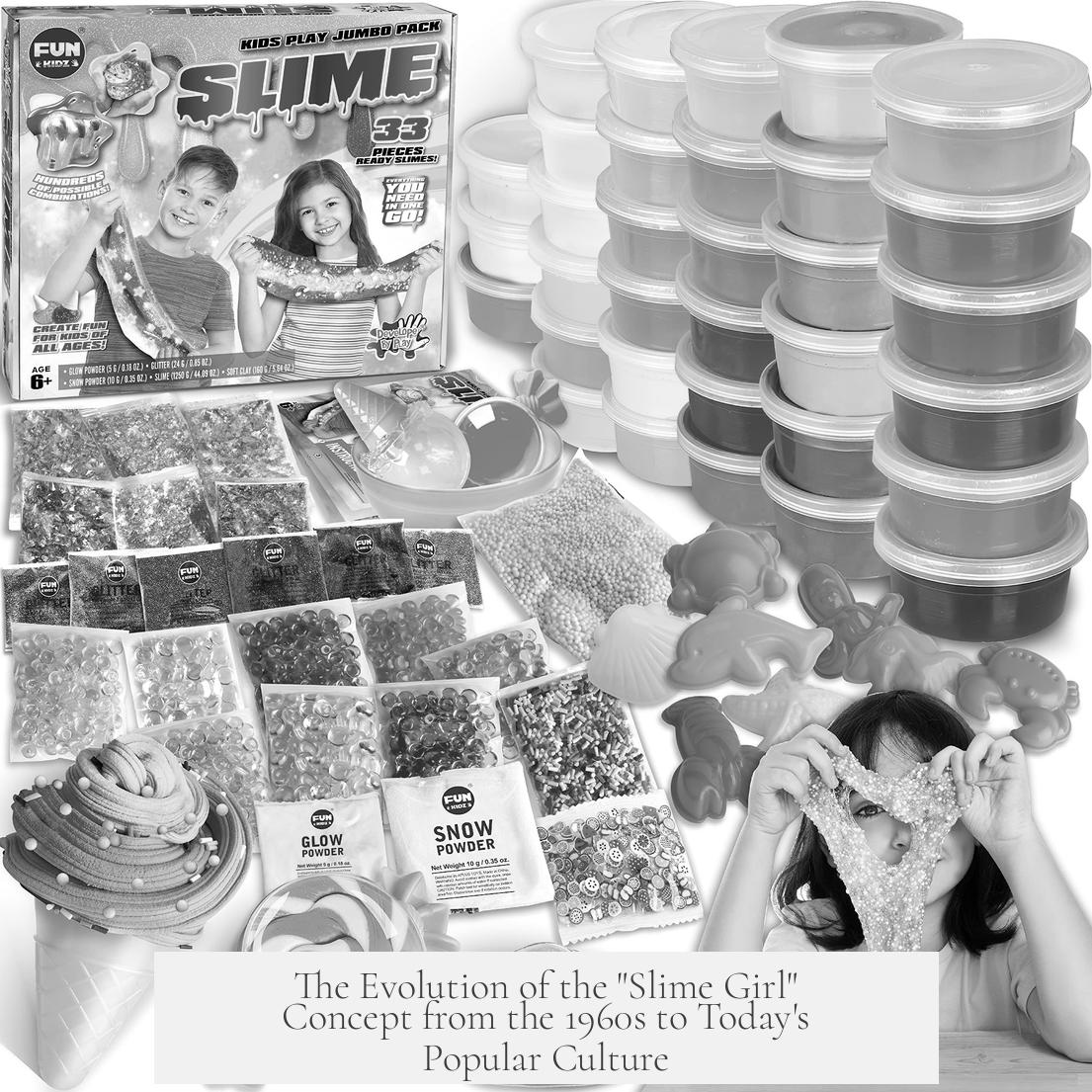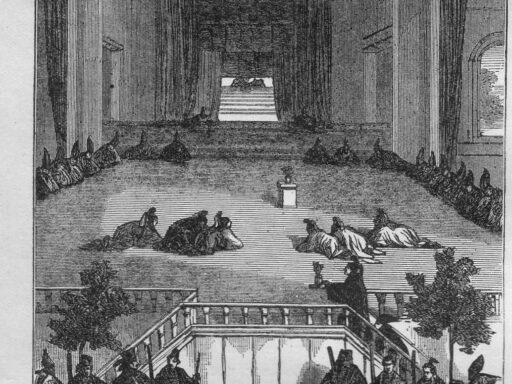The concept of a “slime girl” originated before the 1980s, but its recognition as a distinct character type mostly traces to Japanese fantasy media from the late 1980s onward. Early examples can be found as far back as the 1960s, but substantial development and popularization of the trope occurred in the late 20th century.
Early slime-like characters appeared sporadically in media during the 1960s. However, there is a notable gap between these initial examples and the consistent emergence of slime girls in the 1980s. The modern trope aligns with fantasy settings in Japan, gaining traction in manga, anime, and video games.
The 1980s played a critical role in shaping slime girls. The fantasy parody manga Dragon Half (1988-1994) introduced Princess Vina, a character who alternates between human form and a small spherical slime blob. While Princess Vina is not physically a slime girl by today’s standards, she represents an early slime girl-like character because she embodies both slime and female characteristics.
This period coincided with the rise of slime monsters in Japanese role-playing games, notably the Dragon Quest series. Debuting in 1986, Dragon Quest featured teardrop-shaped slime blobs as common enemies. These slimes directly influenced manga and anime depictions of slime creatures, and thus contributed indirectly to the emergence of slime girls.
Moreover, the influence of tabletop RPGs such as Dungeons & Dragons cannot be overlooked. Since its 1974 first edition, D&D introduced ooze creatures like Gelatinous Cubes. After its Japanese translation in 1985, D&D likely inspired several anime and manga creators when developing slime-based characters.
The 1990s solidified the modern slime girl archetype. Two significant examples appeared in the Sailor Moon anime. In a 1993 episode, the character Jamanen resembled a red translucent gel figure capable of shapeshifting. Later, in 1995, PeroPero appeared as a pale green, candy-like shapeshifter. Jamanen especially reflects slime girl traits: female form, translucency, and fluid shapeshifting abilities.
The influence of Sailor Moon possibly extended to the 1997-98 series Cutie Honey Flash, which featured an enemy named Bubble Claw. She combined slime-like translucent hair with a partly mechanical body, indicating ongoing slime girl inspirations.
| Decade | Key Developments Related to Slime Girls |
|---|---|
| 1960s | Earliest slime-like characters appear, but minimal continued influence |
| 1980s | Princess Vina in Dragon Half, rise of slime enemies in Dragon Quest, D&D introduced to Japan |
| 1990s | Sailor Moon’s Jamanen and PeroPero establish archetypal slime girls |
| 2000s | Queen’s Blade’s Melona (2007) and other slime characters rise based on prior archetypes |
| 2010s | Monster Girl boom, with works like Monster Girl Encyclopaedia (2010) and Monster Girl Quest (2011) |
During the 2000s, the character Melona from the Queen’s Blade series emerged as a slime girl figure with explicit slime powers and a female humanoid appearance. This aligns with the trend of elaborating slime girls in manga and anime through the 2010s, marked by a surge in monster girl-themed media.
The early 2010s witnessed a boom in monster girl content, including slime girls. Titles like Monster Girl Encyclopaedia (2010) and Monster Girl Quest (2011) popularized erotically themed monster girls, extending the archetype’s prominence and variety.
Other influences include the shapeshifting characters in series like Dragon Ball—most notably Majin Buu, introduced in manga chapter 484 (1994). Though not explicitly a slime girl, Majin Buu exemplifies fluid and malleable humanoid forms, conceptually connected to slime girls.
In summary, the “slime girl” concept emerged from earlier slime or ooze characters known in gaming and fantasy fiction. The explicit development and distinct recognition of slime girls occurred as Japanese manga and anime embraced fantasy elements during the late 1980s and 1990s. Their traits include fluid bodies, shapeshifting, and often a humanoid female form, developed further by monsters and characters in fantasy RPG media and cultural productions through the following decades.
- Early examples date to the 1960s but lacked continuity.
- 1980s introduced early slime girl-like figures, linking with Dragon Quest slimes and D&D’s oozes.
- Sailor Moon in the 1990s featured key slime girl archetypes.
- 2000s and 2010s saw slime girls become central to monster girl boom in manga and anime.
- Slime girls combine shapeshifting, fluidity, and female humanoid characteristics.
When Was the Concept of a “Slime Girl” Created?
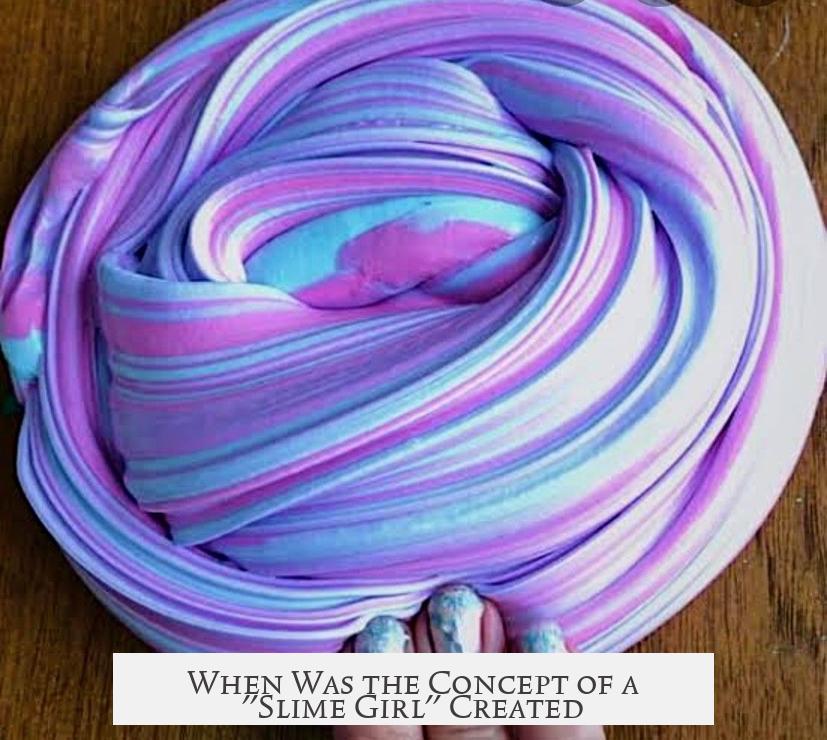
The concept of a “slime girl” first took recognizable shape in the late 1980s, notably with characters like Princess Vina from the fantasy parody manga Dragon Half (1988-1994). However, the trope’s roots stretch farther back, with precursors dating as far as the 1960s and significant development during the 1990s and early 2000s. In other words, slime girls didn’t just spring from the gooey abyss one day—they evolved gradually across decades of pop culture and fantasy media.
So, how exactly did the “slime girl” archetype arise? Let’s dive deeper into its murky, gelatinous origins and see how it bubbled up to become the quirky, lovable trope we encounter today.
Early Origins: The 1960s and Lull Before the Boom
Contrary to popular belief, the slime girl is not a brand-new invention exclusively tied to modern Japanese fantasy. In fact, some of the earliest examples of slime-like humanoid characters trace back to the 1960s. There was a notable lull between this period and the mid-1980s, but these early cases laid the groundwork.
Reddit user /u/MiLiLeFa discovered sites documenting these early slime girl precursors, suggesting the concept was floating around long before the ’80s boom in Japanese fantasy settings. Although these early iterations lacked the polish and popularity of today’s slime girls, they established the slimy idea in the fantasy lexicon.
So, even back then, creators toyed with the idea of goo-based beings capable of taking human-like form. The niche appeal was there, but the trope needed time to gel.
Japanese Fantasy and the 1980s Rise of the Slime Girl
The modern slime girl really begins to take form in the late 1980s. Manga and anime started experimenting with fantasy settings brimming with monsters and magical creatures.
One of the earliest and most influential slime girl characters is Princess Vina from Dragon Half. Introduced in the late 1980s, Vina isn’t exactly a classic slime girl, since she toggles between a human form and a small spherical slime blob. But as far as anyone can tell, she’s the first slime girl worthy of the title. This character’s visual and narrative design captures the early essence of slime-girlhood: female, gooey, and shape-shifting.
Dragon Half itself parodied many fantasy tropes common at the time, and Vina’s slime form clearly referenced the familiar teardrop-shaped slime blobs popularized by video games like Dragon Quest. This is crucial because Dragon Quest, launched in 1986, introduced the slime as an iconic low-level monster. Japanese audiences, rich in fantasy media, were instantly familiar with these gelatinous foes, which probably inspired manga creators to explore slime characters with personality and form.
Influences Behind the Slime Girl Idea: Tabletop and Video Games

But where did slimes themselves come from before anime and manga? Two influential sources stand out:
- Dungeons & Dragons (1974): The original tabletop RPG featured “Oozes,” including the Gelatinous Cube, a sentient slime monster. Its translation into Japanese in 1985 may have given creators fresh ideas about slime creatures.
- Dragon Quest (1986): This video game series gave Japan an iconic slime design—a small, smiling teardrop blob. It became a cosplay staple and a cultural shorthand for “monster.”
The synthesis of these influences created a cultural soil where slime girls could evolve, blending fantasy role-playing elements and video game aesthetics.
Slime Girls in the 1990s: Sailor Moon and Beyond
The 1990s saw the concept of slime girls bloom further. The hugely influential anime Sailor Moon featured slime-like characters that embodied many of the qualities that define slime girls today.
For instance, in 1993, the episode “Dispute Over Love: Minako and Makoto’s Conflict” introduced Jamanen, a T-1000-esque robot character made of translucent red gel. Jamanen’s appearance, physical fluidity, and shapeshifting abilities perfectly preempt modern slime girl designs.
Later, in 1995, Sailor Moon introduced PeroPero, composed of pale green hard candy but still exhibiting many slime girl traits. These two characters helped cement the genre among wide audiences and inspired subsequent creators.
Even Cutie Honey Flash, airing in 1997-98, featured Bubble Claw, a villain with slime-like translucent hair, continuing the jelly-like motif in female characters.
The 2000s: More Slime Girls Enter the Scene
By the new millennium, slime girls began to pop up more frequently in manga, anime, and games. For example:
- Melona, from the Queen’s Blade series (2007), shows classic slime girl traits: a shapeshifting body made of a gelatinous substance.
- Honey Queen, a character in the 2001 One Piece movie, turns into and manipulates a pink liquid, echoing slime girl powers.
- Isaka Minagata in Cannon God Exaxxion (1997-2004) can shapeshift thanks to nanites, resembling a slime figure, though still taking human form most of the time.
This era saw slime girls branching into different fantasy and sci-fi settings, reflecting their growing popularity.
The Monster Girl Boom in the 2010s
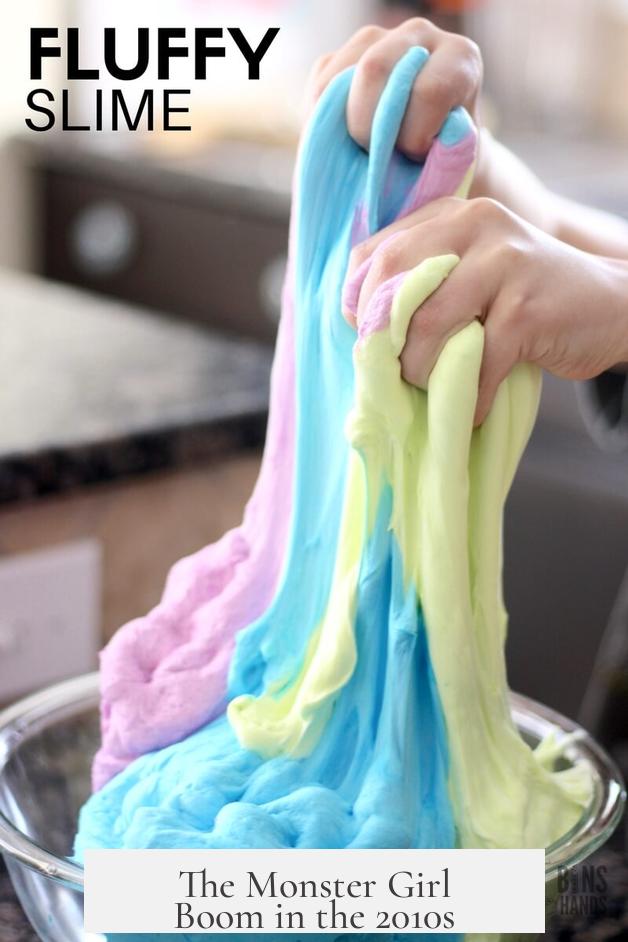
The early 2010s witnessed a vast resurgence in “monster girl” characters in manga and anime, and slime girls naturally rode this wave. Two notable works include:
- Monster Girl Encyclopaedia (2010) featured a wide range of eroticized monster girls, including slime girls, at Comiket 79.
- Monster Girl Quest (2011), a visual novel, pushed slime girl representation further into mainstream manga and gaming culture.
This boom presented slime girls not merely as side characters but as main, complex actors in their stories. They diversified from simple monsters into richly written characters with personalities and quirks.
Why Do Slime Girls Captivate Audiences?
Slime girls combine several appealing traits:
- Visual novelty: Their translucent, fluid bodies allow for creative and visually interesting designs that blend cute and bizarre.
- Shape-shifting: This power opens unique story opportunities, from combat to comedy.
- Ambiguous nature: They blur the line between monster and human, allowing writers to explore themes of identity and otherness.
These qualities make slime girls memorable, fun, and relatable—even if they’re made of goo.
Summing It Up: Slime Girls Are a Product of Layers
| Era | Notable Characters & Works | Significance |
|---|---|---|
| 1960s | Early slime-like humanoids | First known slime beings, but sparse and niche |
| Late 1980s | Princess Vina (Dragon Half) | First true slime girl archetype in manga |
| 1990s | Jamanen & PeroPero (Sailor Moon) | Popularizing modern slime girl visuals and shapeshifting powers |
| 2000s | Melona (Queen’s Blade), Honey Queen (One Piece) | Expanding slime girls into various anime and game roles |
| 2010s | Monster Girl Encyclopaedia, Monster Girl Quest | Boom of slime girls in erotically-themed and fantasy content |
Thus, the slime girl concept is not just a flash-in-the-pan novelty. Instead, it’s a multi-layered trope crafted over decades, mixing western fantasy roots, Japanese video game influences, and anime’s visual storytelling flair.
Final Thoughts and Fun Fact
Ever wonder why slime girls stick around pop culture? Maybe it’s the simple joy of watching something squishy, shapeless, yet somehow charming take human form. They’re a reminder that fantasy can be gooey, playful, and full of surprises.
Next time you see a slime girl in your favorite anime or game, remember—their story probably spans over half a century of creative evolution. That’s some seriously sticky legacy to live up to!
